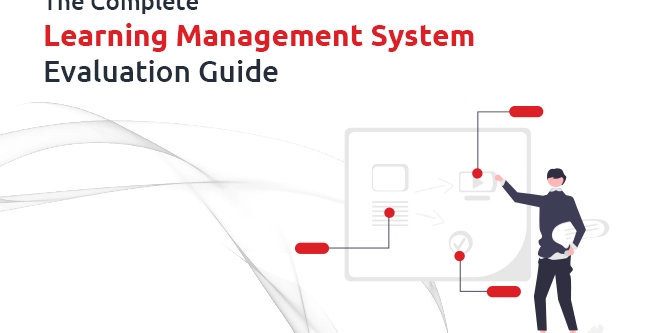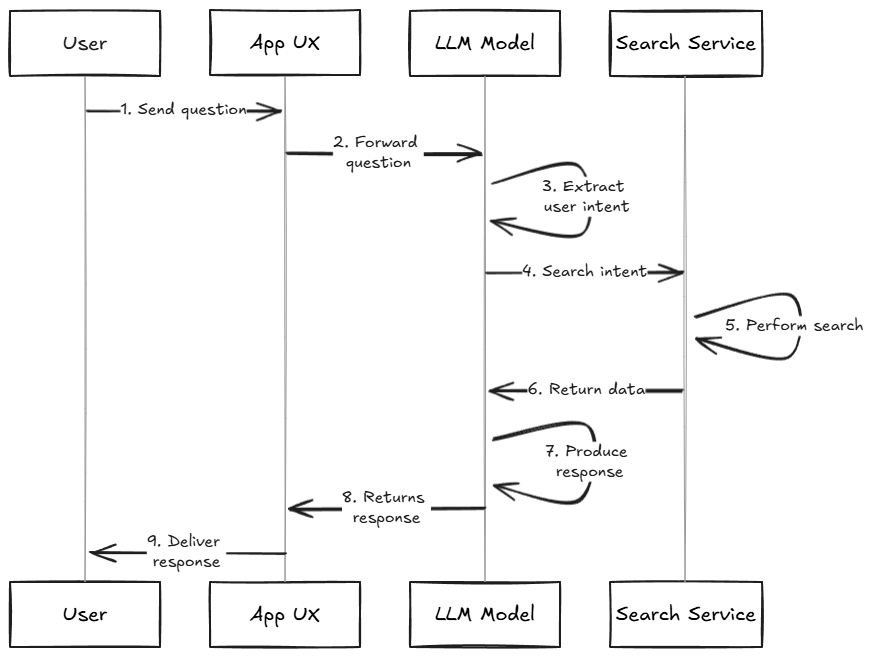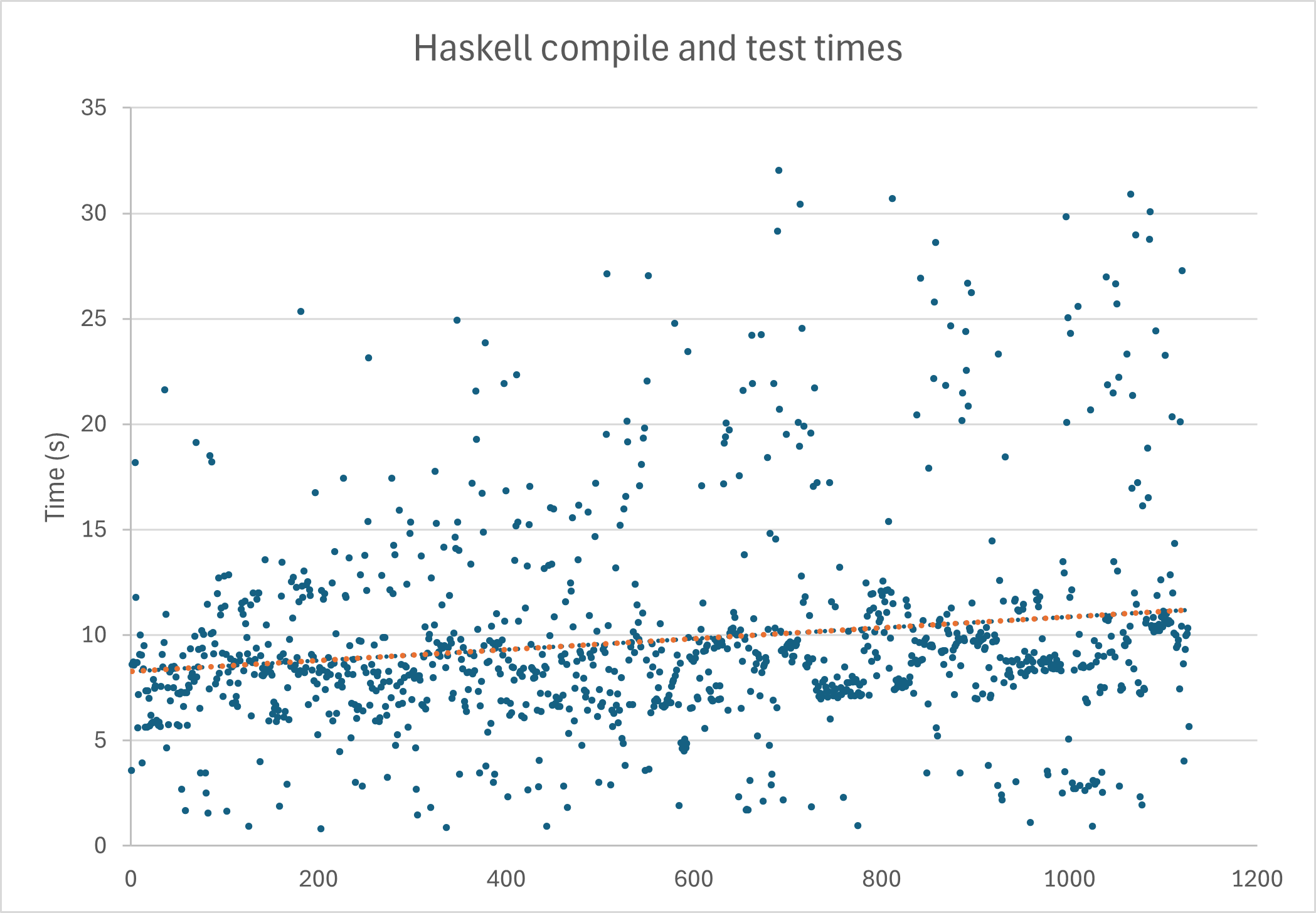The Complete Learning Management System Evaluation Guide
With so many learning management system (LMS) types out there, making the right choice often becomes a challenge. You need to pick an LMS that won’t just work for your organization “now”, but in the “future” as well. Having said that, evaluating an LMS requires thoughtful consideration and a clear plan. Read the complete article here. What is LMS Evaluation? In LMS evaluation, you basically analyze and select the perfect learning management system for your organization. This generally involves systematic analysis of various LMS options based on their core features, user experience, overall value, and pricing. Such a process, if followed properly, helps organizations pick a learning management system that meets their training needs and leads to higher ROI. Why is LMS Evaluation Important? Before making the purchase decision, your company needs to find out whether an LMS is a good fit for your training goals, your learners, and your team. Otherwise, you’ll end up wasting a lot of money, time, and effort. i) Effort — Most companies start using an LMS simply because they need to scale their operations or want to improve how they work internally. However, using a learning platform for the first time can be tough based on how user-friendly the software is. After all, you don’t want to waste much of your effort switching between platforms and figuring out how each one works. ii) Time — Just think about hosting all of your training courses and projects in one comprehensive LMS platform. Eventually, this system will serve as a centralized hub for all your e-learning materials. But setting it up takes enormous time. And if you select the wrong system for your organization, it means all your time goes to waste. iii) Money — Many all-in-one LMSs in the market offer different pricing tiers and usually require a yearly subscription, especially for enterprise plans. Want access to their “advanced features” list? You might need to pay extra money. And if you’ve selected the wrong one, switching plans or providers can be difficult, especially if you’re locked into a yearly contract. Important Considerations for LMS Evaluation Whether you’re selecting an LMS for the first time or looking to improve your existing solution, it’s critical to examine the actual wants and needs of your organization and assess the myriad of LMS systems available on the market. By following the steps in this guide, you can make sure you look at everything critical when choosing the best learning management system for your institution. Define Your Objectives and Target Audience Remember, there’s no such thing as the perfect LMS solution. It all depends on whether a learning management system can meet your specific business needs and expectations. That said, it’s vital to be clear on what your learning objectives are and who your target audience is going to be. To understand the objectives, you must take inputs from all the stakeholders, including faculty leaders, technical staff, the finance department, the sales team, and more. This will help you set the right expectations as you would know what’s limiting your teams to perform better. Similarly, you can get a detailed understanding of your target audience by looking at your organization’s profile. For instance, if you’re a university, your audience would be students. If you’re a company, then the users could be different, like they could be your employees, customers, partners, etc. Understanding your audience also means how tech-savvy they are, what technology they have access to, and what languages they speak. So, before you start evaluating an LMS, make sure you’ve clearly laid out your goals, and you know your target audience very well. LMS Features and Functionality It’s the most important consideration you need to make. Other factors are also important, but what an LMS solution can or can’t do will make all the difference when it comes to reaching the final decision. The best practice is to create a detailed list of features you want in your new LMS. Then, you should break it down into must-have features and the nice-to-have extras. Must-have features are must-haves, and they are non-negotiable. These will help you meet your primary learning objectives. Nice-to-have features, on the other hand, will add extra value and enhance the overall experience. Usability Usability is the next big thing you should consider after the functionality an LMS offers. Like, if it’s not user-friendly and nobody knows how to use it, then what good can all those features bring to you? Since different users would possibly be interacting with your system, make sure it has an intuitive interface with a simple dashboard and easy navigation. For more factors to consider for LMS Evaluation, read the complete blog here.

With so many learning management system (LMS) types out there, making the right choice often becomes a challenge. You need to pick an LMS that won’t just work for your organization “now”, but in the “future” as well.
Having said that, evaluating an LMS requires thoughtful consideration and a clear plan. Read the complete article here.
What is LMS Evaluation?
In LMS evaluation, you basically analyze and select the perfect learning management system for your organization. This generally involves systematic analysis of various LMS options based on their core features, user experience, overall value, and pricing. Such a process, if followed properly, helps organizations pick a learning management system that meets their training needs and leads to higher ROI.
Why is LMS Evaluation Important?
Before making the purchase decision, your company needs to find out whether an LMS is a good fit for your training goals, your learners, and your team. Otherwise, you’ll end up wasting a lot of money, time, and effort.
i) Effort — Most companies start using an LMS simply because they need to scale their operations or want to improve how they work internally. However, using a learning platform for the first time can be tough based on how user-friendly the software is. After all, you don’t want to waste much of your effort switching between platforms and figuring out how each one works.
ii) Time — Just think about hosting all of your training courses and projects in one comprehensive LMS platform. Eventually, this system will serve as a centralized hub for all your e-learning materials. But setting it up takes enormous time. And if you select the wrong system for your organization, it means all your time goes to waste.
iii) Money — Many all-in-one LMSs in the market offer different pricing tiers and usually require a yearly subscription, especially for enterprise plans. Want access to their “advanced features” list? You might need to pay extra money. And if you’ve selected the wrong one, switching plans or providers can be difficult, especially if you’re locked into a yearly contract.
Important Considerations for LMS Evaluation
Whether you’re selecting an LMS for the first time or looking to improve your existing solution, it’s critical to examine the actual wants and needs of your organization and assess the myriad of LMS systems available on the market.
By following the steps in this guide, you can make sure you look at everything critical when choosing the best learning management system for your institution.
Define Your Objectives and Target Audience
Remember, there’s no such thing as the perfect LMS solution. It all depends on whether a learning management system can meet your specific business needs and expectations.
That said, it’s vital to be clear on what your learning objectives are and who your target audience is going to be.
To understand the objectives, you must take inputs from all the stakeholders, including faculty leaders, technical staff, the finance department, the sales team, and more. This will help you set the right expectations as you would know what’s limiting your teams to perform better.
Similarly, you can get a detailed understanding of your target audience by looking at your organization’s profile. For instance, if you’re a university, your audience would be students. If you’re a company, then the users could be different, like they could be your employees, customers, partners, etc.
Understanding your audience also means how tech-savvy they are, what technology they have access to, and what languages they speak.
So, before you start evaluating an LMS, make sure you’ve clearly laid out your goals, and you know your target audience very well.
LMS Features and Functionality
It’s the most important consideration you need to make. Other factors are also important, but what an LMS solution can or can’t do will make all the difference when it comes to reaching the final decision.
The best practice is to create a detailed list of features you want in your new LMS. Then, you should break it down into must-have features and the nice-to-have extras.
Must-have features are must-haves, and they are non-negotiable. These will help you meet your primary learning objectives. Nice-to-have features, on the other hand, will add extra value and enhance the overall experience.
Usability
Usability is the next big thing you should consider after the functionality an LMS offers. Like, if it’s not user-friendly and nobody knows how to use it, then what good can all those features bring to you?
Since different users would possibly be interacting with your system, make sure it has an intuitive interface with a simple dashboard and easy navigation.
For more factors to consider for LMS Evaluation, read the complete blog here.

















